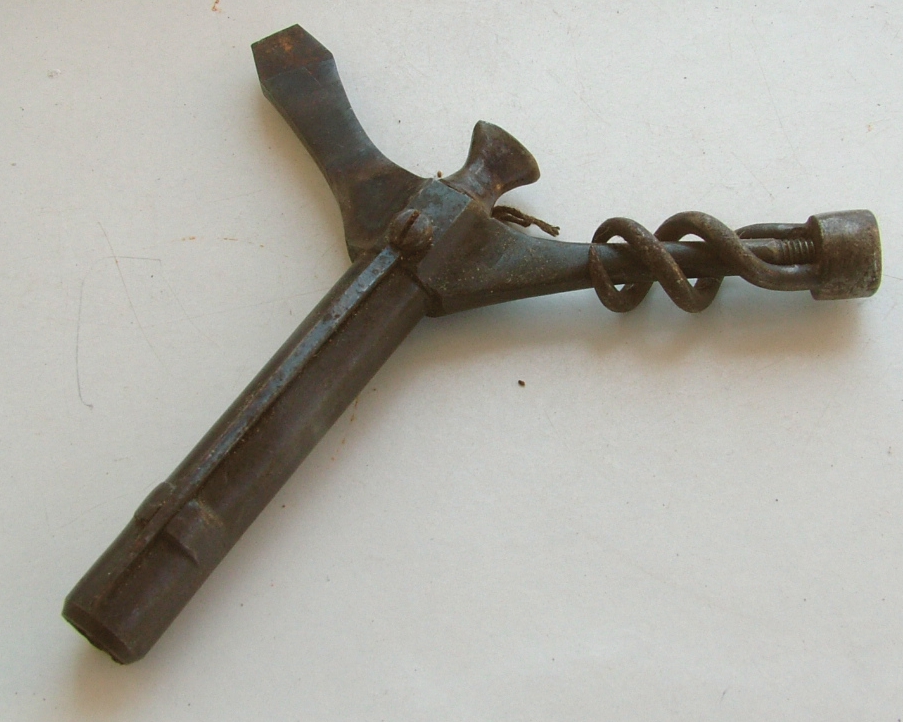I have done a advanced/search of the forum and not found the info' I'm hoping to find. Maybe you knowledgeable folks can help?
I have a number of PH Enfield rifles that I enjoy shooting - 53, 58, 61, Volunteer, Whitworth. Each has its own ramrod but I choose to use dedicated PH rods, with the appropriate tips for wiping and loading.
What has always puzzled me is that the original rods are threaded and so captured in the rifle, but if used as the wiping/loading tool, what was fitted to that threaded end so that ones fingers did not eventually get torn to shreds?
Thanks,
49er
I have a number of PH Enfield rifles that I enjoy shooting - 53, 58, 61, Volunteer, Whitworth. Each has its own ramrod but I choose to use dedicated PH rods, with the appropriate tips for wiping and loading.
What has always puzzled me is that the original rods are threaded and so captured in the rifle, but if used as the wiping/loading tool, what was fitted to that threaded end so that ones fingers did not eventually get torn to shreds?
Thanks,
49er







